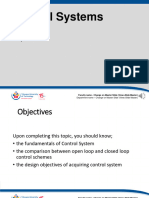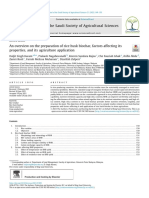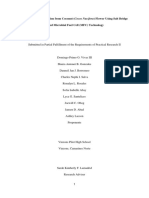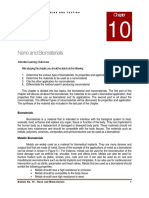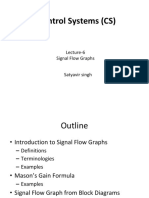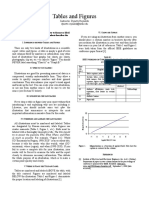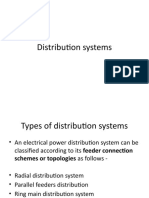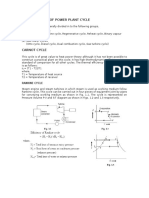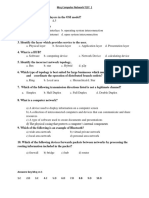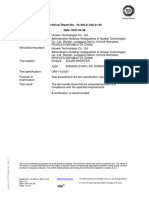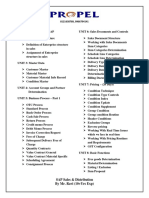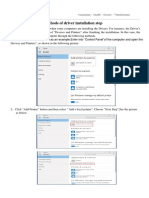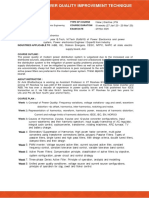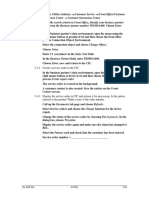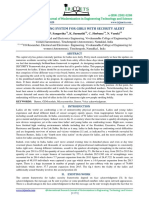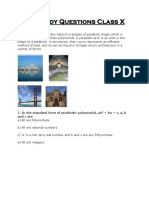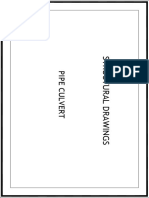0% found this document useful (0 votes)
142 views39 pagesControl System Unit5
The document discusses stability analysis using the Routh-Hurwitz criterion. It begins by defining stability for linear time-invariant systems and introducing the Routh-Hurwitz criterion as a method to determine stability without explicitly calculating poles. The document then demonstrates generating a basic Routh table from a transfer function and interpreting the table to determine the number of poles in each half of the s-plane. It provides examples of stable, unstable, and marginally stable systems.
Uploaded by
Tumelo TumisangCopyright
© © All Rights Reserved
We take content rights seriously. If you suspect this is your content, claim it here.
Available Formats
Download as PDF, TXT or read online on Scribd
0% found this document useful (0 votes)
142 views39 pagesControl System Unit5
The document discusses stability analysis using the Routh-Hurwitz criterion. It begins by defining stability for linear time-invariant systems and introducing the Routh-Hurwitz criterion as a method to determine stability without explicitly calculating poles. The document then demonstrates generating a basic Routh table from a transfer function and interpreting the table to determine the number of poles in each half of the s-plane. It provides examples of stable, unstable, and marginally stable systems.
Uploaded by
Tumelo TumisangCopyright
© © All Rights Reserved
We take content rights seriously. If you suspect this is your content, claim it here.
Available Formats
Download as PDF, TXT or read online on Scribd
/ 39
